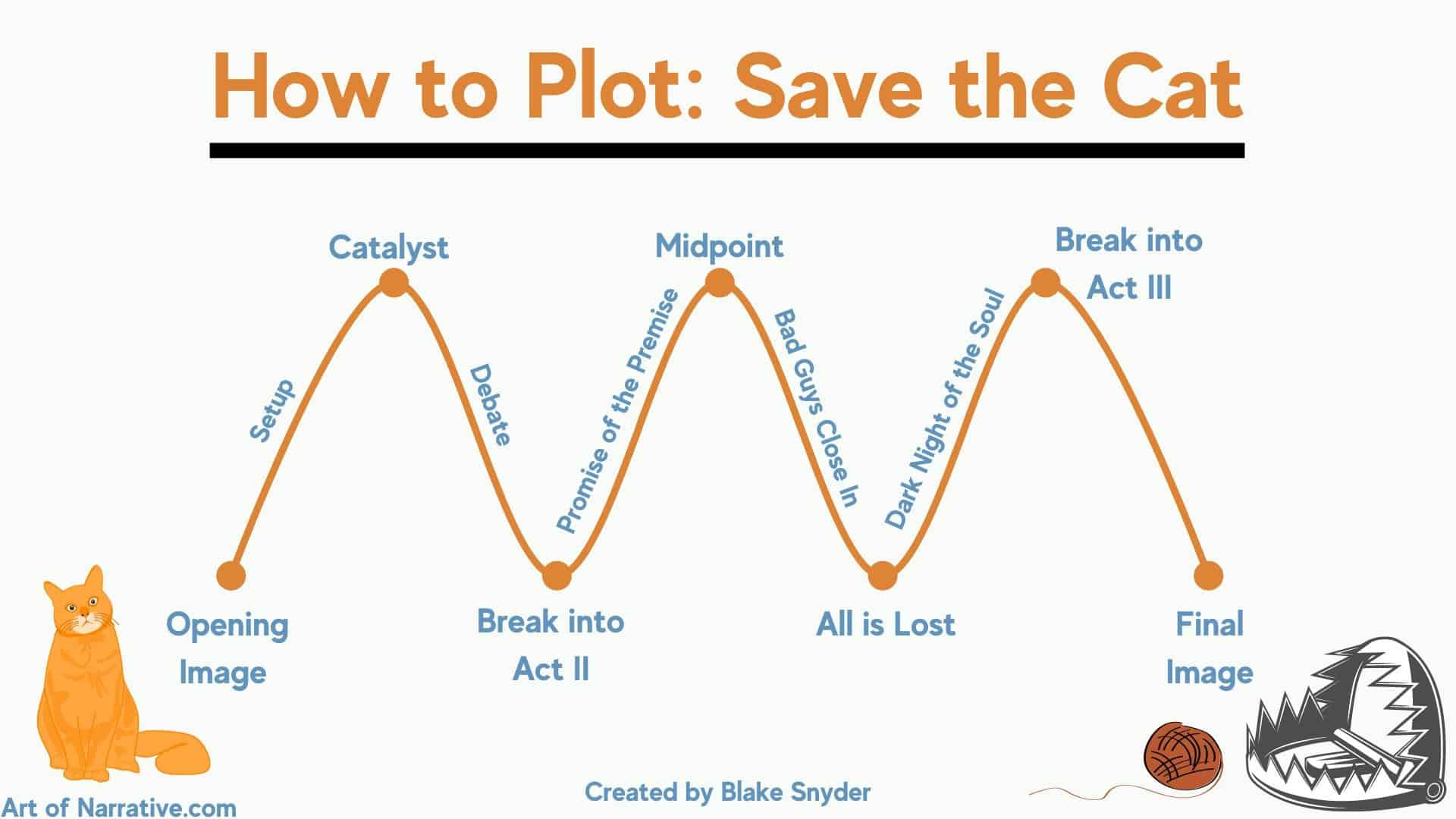The "Save the Cat" Moment: Why Simple Actions Make Readers Care
(Intro)
You meet a new character. Within the first few pages—sometimes within the first few paragraphs—you find yourself either rooting for them, against them, or, worst of all, completely indifferent.
What separates a character who instantly clicks with readers from one who falls flat?
Often, it comes down to a single, deliberate action. In screenwriting, this is famously called the "Save the Cat" moment. The name says it all: it's that scene where the hero does something small but undeniably good, like saving a cat from a tree. This simple act instantly builds a bridge of empathy between the character and the audience.
Let's break down why this technique is so powerful and how you can use it to make readers care from page one.
The Psychology Behind "Saving the Cat"
Humans are hardwired to make quick judgments. When we see someone perform a kind act, especially one that requires no reward, we instinctively assign them positive traits. We think, "This is a good person." Once that label is attached, we're far more likely to forgive their flaws, invest in their struggles, and follow them through the story.
Conversely, the "Kick the Dog" trope is the villain's version of the same principle. Showing a character being needlessly cruel to someone—or something—vulnerable instantly establishes them as someone to be opposed. It's a quick, visual, and emotional shorthand for their morality.
Beyond Felines: Modern "Save the Cat" Moments
While literally saving a cat works, the concept is flexible. A "Save the Cat" moment is any action that reveals a character's hidden decency or relatable humanity. It's about showing, not telling, their core values.
Consider these examples:
- The Tough Guy with a Soft Heart: A grizzled detective buys a meal for a homeless person before gruffly heading to a crime scene.
- The Busy CEO: She takes an unexpected, patient moment to reassure a nervous intern, showing she values people over pure efficiency.
- The Self-Absorbed Teen: He might complain about his little sister constantly, but when she's being bullied at the park, he's the first to step in and defend her.
These moments work because they create a compelling contradiction. They add layers to a character, taking them from a one-dimensional archetype (the detective, the CEO, the teen) to a complex, believable person.
The Reverse: "Kicking the Dog" and Humanizing Villains
This principle is just as crucial for your antagonists. To create a truly memorable villain, you can flip the script.
A pure, mustache-twirling villain who only does evil things can feel cartoonish. To add depth, give them their own twisted version of a "Save the Cat" moment. Maybe the tyrannical king who wants to destroy half the universe... genuinely loves and protects his own family. This doesn't make him good, but it makes him understandable. It shows he's capable of a "human" emotion, which makes him more terrifying and real.
The key is to show that their morality is selective. They are capable of kindness, but only towards a specific person or group, which makes their evil actions elsewhere even more chilling.
How to Implement "Save the Cat" in Your Story
- Do It Early: Place this moment within the first few scenes of introducing your character. First impressions are critical for building reader empathy.
- Keep It Simple and Authentic: The action shouldn't feel like a grand, plot-altering event. It should be a small, almost incidental moment that reveals character. It needs to feel organic, not like the author is desperately waving a flag that says "LIKE THIS PERSON!"
- Align it With Their Character: The action should fit who they are. A billionaire saving a cat is fine, but a billionaire whose wife still cuts his hair shows a different, more intimate kind of loyalty and humility. A knight might save a cat, but he might also show unexpected respect to a lowly squire.
(Conclusion)
The "Save the Cat" moment is more than a writing trick; it's a fundamental tool for forging an emotional connection. In a world where readers have endless options, you can't afford to have them feel indifferent toward your protagonist. A small, deliberate act of decency is often the fastest and most effective way to make them care.
So, look at your protagonist's introduction. Have you shown the reader a reason to root for them? If not, it might be time to find them a cat to save—or its unique, powerful equivalent.
Comments (Add)
Showing comments related to this blog.
